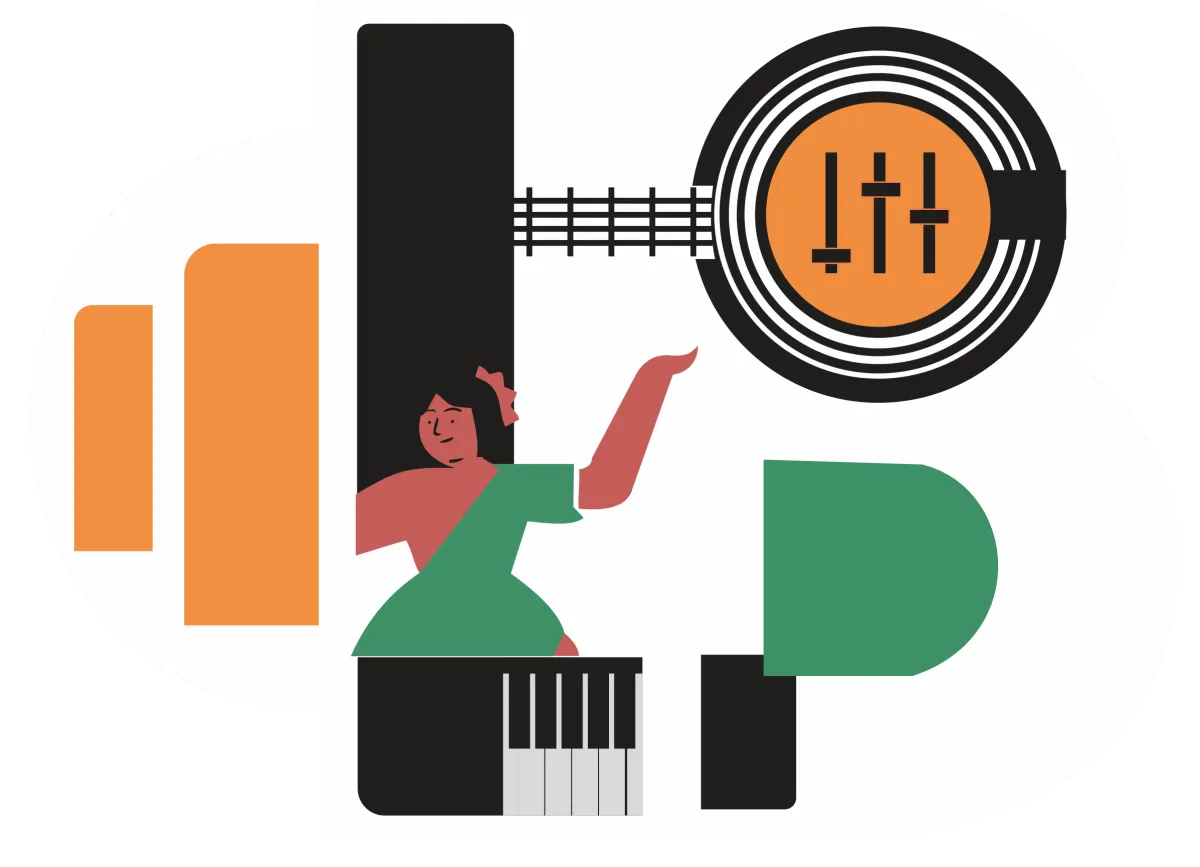
MUSIC SCHOOL
VOCAL
CLASSES
IN VAISHALI(GHAZIABAD)
FOR
ALL
AGES
EXAMS CONDUCT BY

Established in 1939, Gandharva Mahavidyalaya is one of the oldest and most distinguished cultural institutions of Delhi. Its role in imparting training to entire generations of music lovers and bringing Indian classical music and dance into the cultural mainstream is well acknowledged. It was founded by Pandit Vinaya Chandra Maudgalya, and is currently headed by Pandit Madhup Mudgal.

Your Paragraph text goe
Prayag Sangit Samiti
was established in the year 1926 with a view to popularize and teach Indian Classical music amongst the masses in India. This institution is registered under the Indian Societies Act (Act No.XXI of 1860). The basic object of the Samiti has always been to revive the prestige of the art of music comprising vocal music, instrumental music, dance and to organize systematic training in this art in India and also in foreign countries, besides reaching it to people at larges Lorem ips
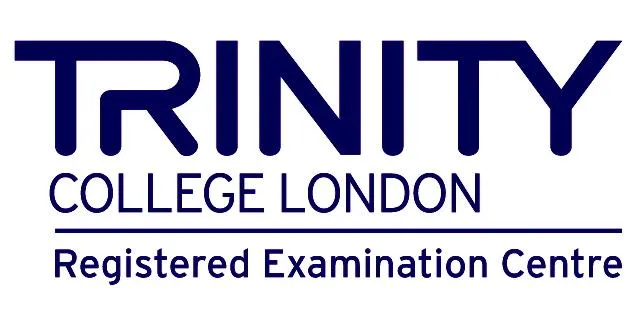
Trinity College London, established in 1872, is a leading international awarding organisation, publisher and independent education charity. We specialise in the assessment of communicative and performance skills covering music, drama, combined arts and English language.
With over 850,000 candidates a year in more than 60 countries worldwide, Trinity qualifications are specifically designed to help students progress. Our aim is to inspire teachers and learners through the creation of assessments that are enjoyable to prepare for, rewarding to teach and that develop the skills needed in real life.
About VOCAL
Vocal" primarily means
relating to or produced by the voice, often referring to singing or speaking. It can also describe someone who is outspoken or expresses opinions forcefully.
Key features and uses:
Melodic Expression:
Vocal music often uses a sequence of sustained pitches to create a melody.
Lyrics:
Vocal music typically features sung words or lyrics, but can also include non-linguistic sounds
Vocal Improvisation:
Some styles, like jazz, incorporate vocal improvisation, allowing for spontaneous creation of melodies, rhythms, and lyrics.
Vocal Styles:
Vocal music encompasses a wide range of styles, from chants and a cappella singing to opera and musical theater.
Emotional Expression:
Vocal music can be used to express a wide range of emotions, from joy and celebration to sorrow and contemplation.
Storytelling:
Vocal music can be used to tell stories, convey cultural traditions, and share personal experiences.
Creation of Sound and Texture:
Vocal music can be used to create a variety of sounds and textures, from the simple harmony of a duet to the complex orchestration of an opera.
Types of vocal
Hindustani vocal
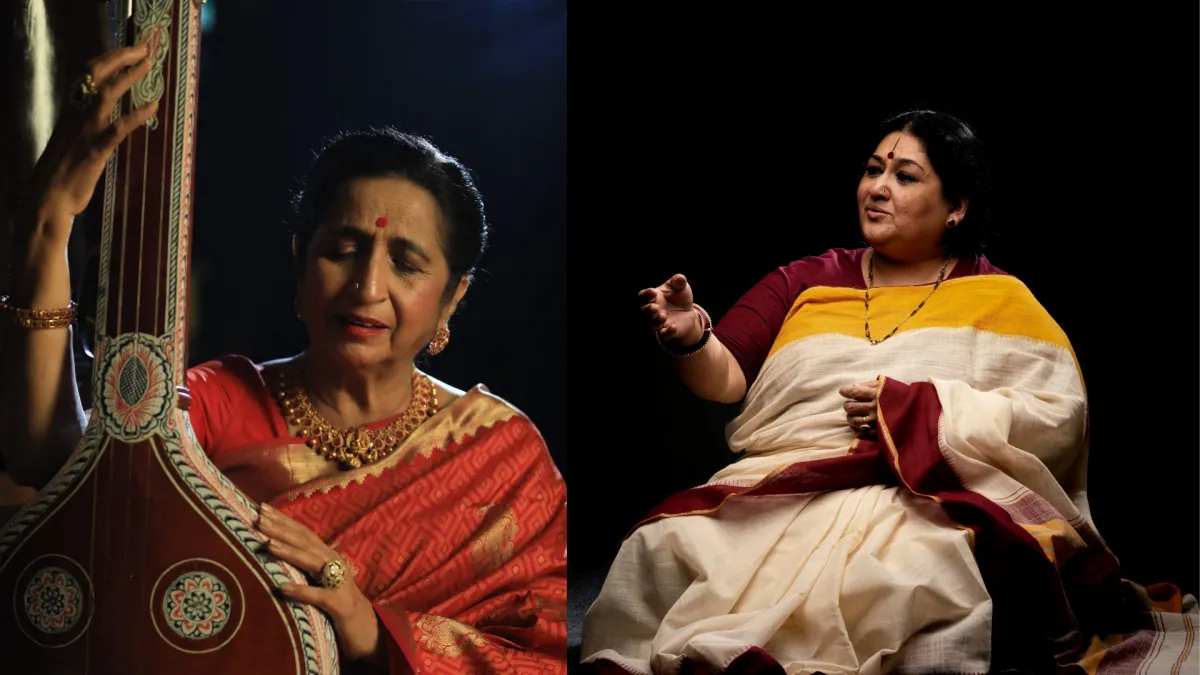
Hindustani vocal music, also known as North Indian classical music, is a prominent and distinct form of Indian classical music characterized by ragas (melodic scales), improvisation, and emotive vocals.
It is based on a time-based system where each raga is traditionally sung at a specific time of day, and emphasizes expressive and artist-based improvisation
Hindustani vocal music is a rich and complex art form that emphasizes improvisation, emotion, and a deep connection to the traditional raga system.
Opera
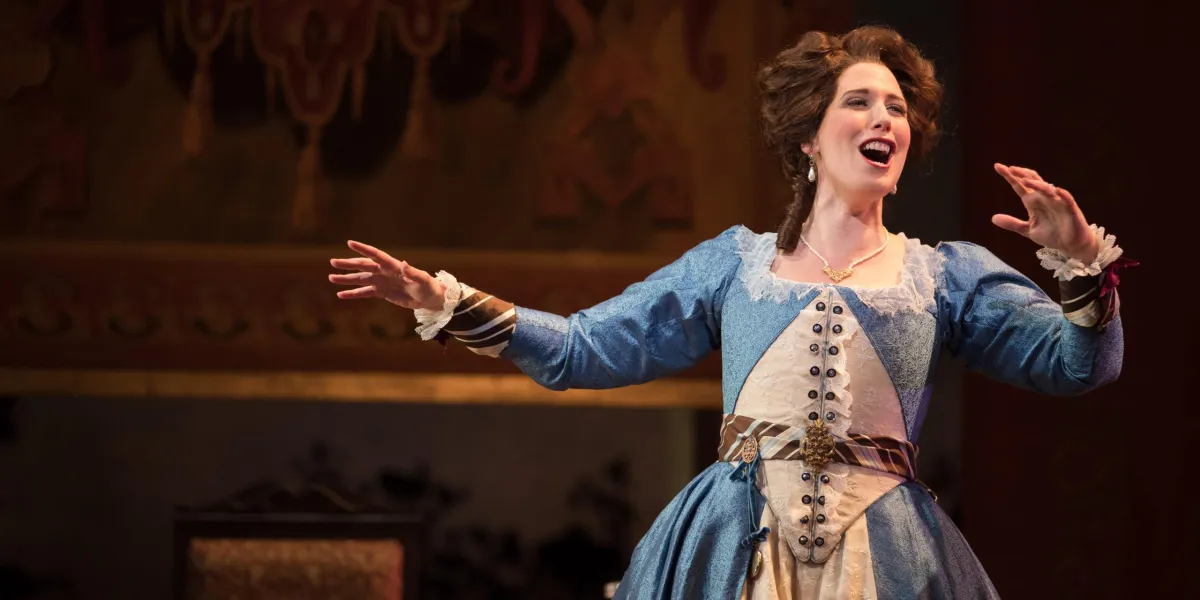
Opera is a theatrical genre that has a predominance of music in it. Opera singing style involves various vocal techniques such as projection, breath support, resonance, and vibrato.
Pop
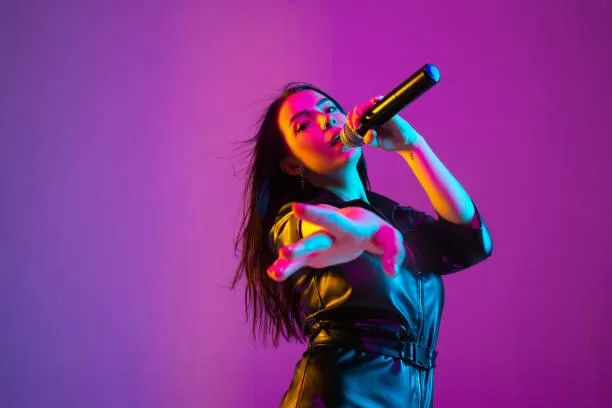
Pop music is the music for the masses. It draws elements from rock, urban, Latin, and country music. It employs simple and catchy tunes that have a quick and wide appeal.
The pop singing style involves vocal techniques such as the powerful and energetic full belt, mixed belt - combining elements of the chest voice (lower range) and head voice (higher range), the soft and intimate breathy singing, and the transition between different voice registers through voice break.
Jazz
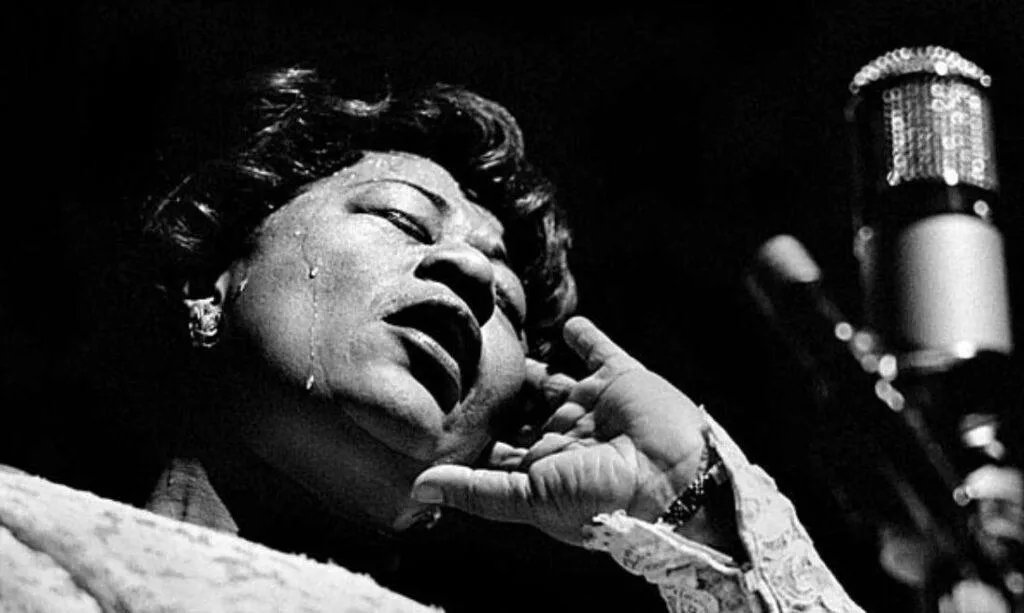
Vocal jazz, a subgenre of jazz music, originated in the early 20th century and evolved as an integral part of the broader jazz tradition. Its roots can be traced back to the fusion of African-American musical styles, European harmonies, and blues sensibilities.
Jazz singing frequently incorporates elements of the blues, including blue notes, expressive slides, and a soulful, emotive delivery. The blues influence contributes to the rich emotional depth of jazz vocals
R&B
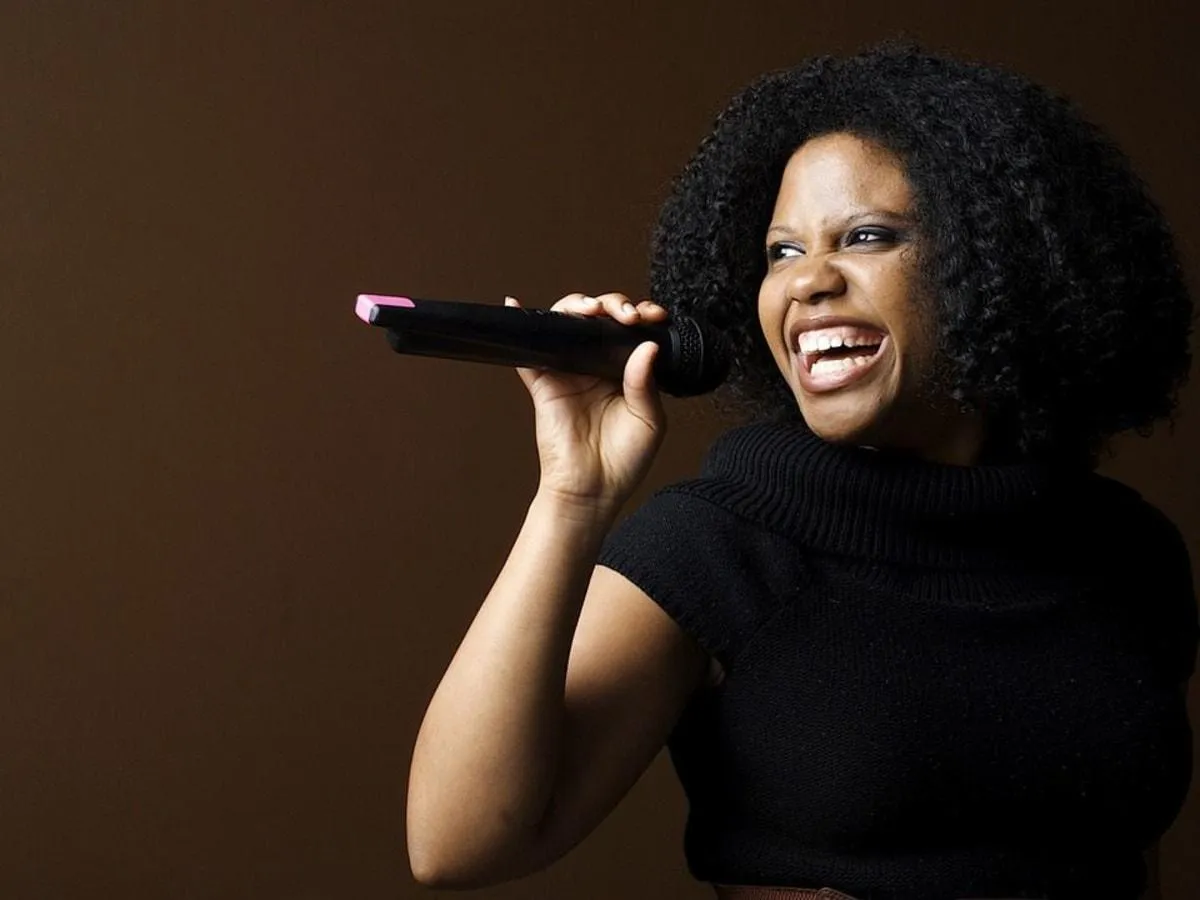
R&B, originating from a fusion of gospel, jazz, folk, and traditional blues music, developed alongside the emergence of rock 'n' roll. In later decades, R&B took a distinct path away from rock music.